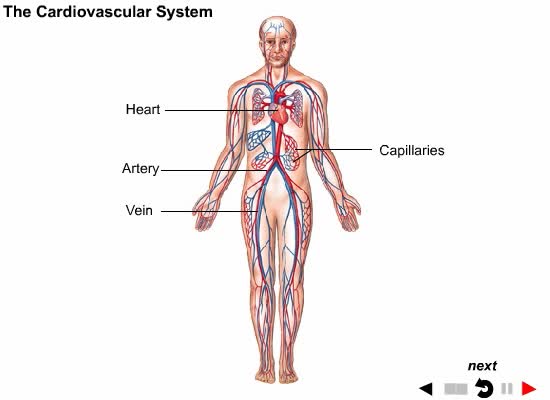Introduction to Autism
Autism is a developmental disorder characterized by difficulties with social interaction and communication, and by restricted and repetitive behavior. Parents usually notice signs during the first three years of their child's life. These signs often develop gradually, though some children with autism reach their developmental milestones at a normal pace before worsening. Autism is associated with a combination of genetic and environmental factors. Risk factors during pregnancy include certain infections, such as rubella, toxins including valproic acid, alcohol, cocaine, pesticides and air pollution, fetal growth restriction, and autoimmune diseases. Controversies surround other proposed environmental causes; for example, the vaccine hypothesis, which has been disproven. Autism affects information processing in the brain by altering connections and organization of nerve cells and their synapses. How this occurs is not well understood. In the DSM-5, autism and less severe forms of the condition, including Asperger syndrome and pervasive developmental disorder not otherwise specified (PDD-NOS), have been combined into the diagnosis of autism spectrum disorder (ASD). Early speech therapy or behavioral interventions can help children with autism gain self-care, social, and communication skills. Although there is no known cure, there have been cases of children who recovered. Not many children with autism live independently after reaching adulthood, though some are successful. An autistic culture has developed, with some individuals seeking a cure and others believing autism should be accepted as a difference and not treated as a disorder. Globally, autism is estimated to affect 24.8 million people as of 2015. In the 2000s, the number of people affected was estimated at 1–2 per 1,000 people worldwide. In the developed countries, about 1.5% of children are diagnosed with ASD as of 2017, from 0.7% in 2000 in the United States. It occurs four-to-five times more often in males than females. The number of people diagnosed has increased dramatically since the 1960s, partly due to changes in diagnostic practice. The question of whether actual rates have increased is unresolved.
Add To
You must login to add videos to your playlists.
Advertisement












Comments
0 Comments total
Sign In to post comments.
No comments have been posted for this video yet.